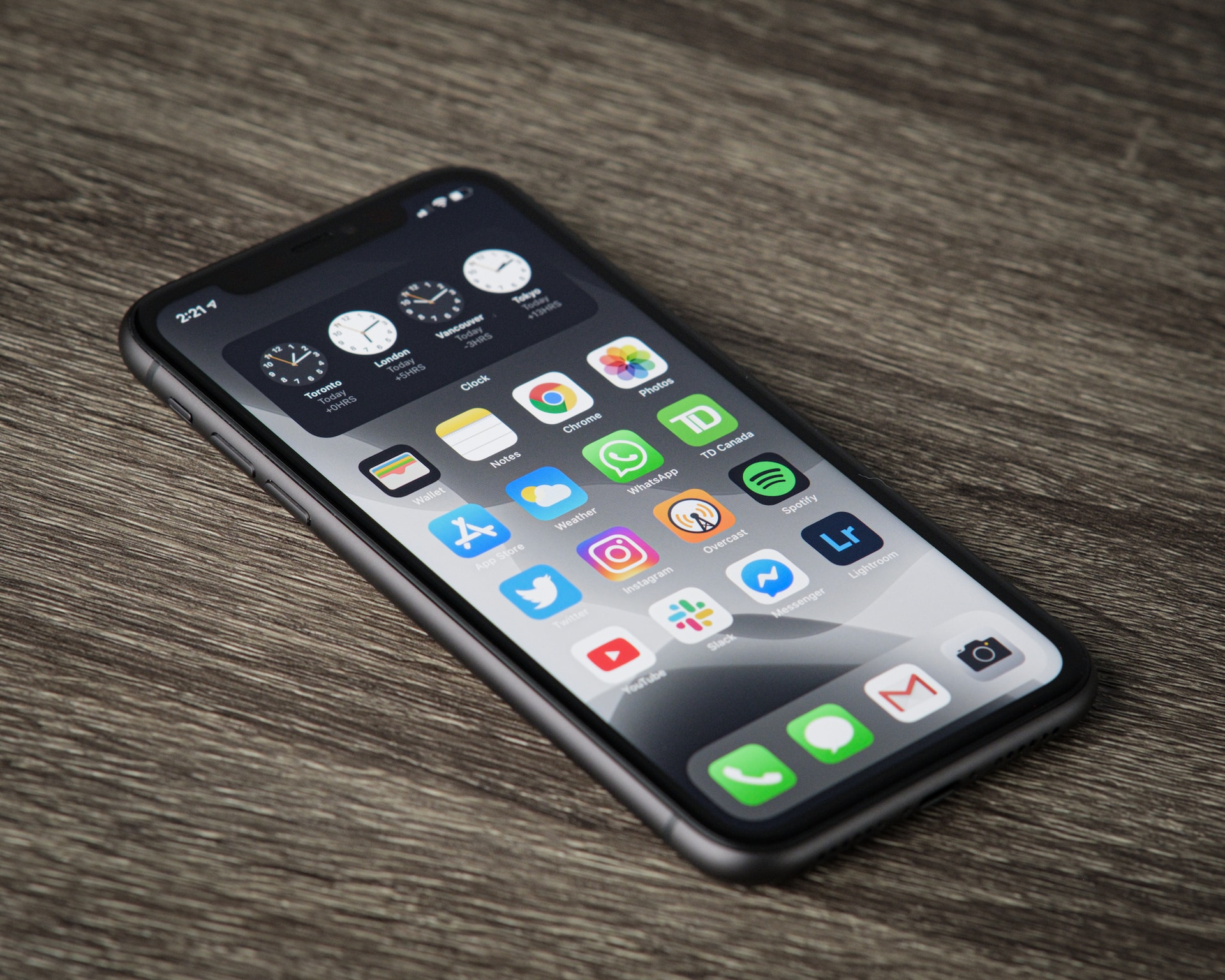Introduction to IoT
The Internet of Things (IoT) is a network of interconnected devices that sense and act upon their environment. It would broadly encompass everything from our cars to our fridges, watches to homes, businesses to hospitals. The promise of IoT is that it will allow us to connect and interact with objects in our environment in ways never before possible.
One of the most obvious applications of IoT is in the area of smart cities. By integrating sensors and actuators into city infrastructure, we can monitor and manage traffic flow, track weather patterns, and optimize energy consumption. We can also create a digital landscape that enables people to access information about their surroundings in real-time.
IoT has the potential to revolutionize many other aspects of our lives as well. For example, we can use it to monitor our health remotely by tracking vital signs such as heart rate or blood pressure. We can also use it to automate tasks such as cleaning or caring for elderly relatives. And finally, we can use it to improve business operations by automating processes such as invoice generation or stock inventory tracking.
What is IoT?
IoT (Internet of Things) is a network of devices that are connected to the internet, each with its own unique identifier. IoT allows these devices to communicate with one another and share data, making them easier to manage and use. This technology has the potential to revolutionize the way we live and work.
One example of how IoT can change our lives is by allowing us to control our homes remotely. We can turn on lights, open doors, and even check our home’s temperature from a distance using apps on our phone. This technology can also help us monitor our children while they’re away at school.
IoT has the potential to improve many aspects of our lives, but it won’t be without its challenges. For example, there are currently few ways to secure IoT devices from being hacked or stolen. And since most IoT devices are small and inconspicuous, they can be easy targets for thieves. There’s also a risk that outdated or poorly designed IoT systems will cause damage or inconvenience. But with the right solutions in place, these risks can be managed effectively.
Advantages of IoT
1. Advantages of IoT
One of the biggest advantages of IoT is that it can help businesses and organizations to better manage their data. By using sensors and devices to collect data, businesses can gain a better understanding of how their products are being used, which can help them make better decisions about future product development. Additionally, by studying consumer behavior through IoT, businesses can learn more about what kinds of products or services are popular and which ones are not selling well. This information can help companies decide whether they should continue developing certain products or services or if they should shift their focus to other areas.
IoT also has benefits for individuals. For example, people with disabilities can use IoT devices to control equipment in their homes or workplaces. This allows them to live more independent lives and enjoy activities that were once difficult or impossible for them to do. In addition, people who are elderly or have mobility issues can use IoT devices to get information about their surroundings without having to ask someone else for assistance. Finally, many parents use IoT devices to keep track of their children’s whereabouts so they don’t have to worry about them getting into danger while they’re out shopping or playing in the park.
Overall, there are many advantages to using IoT technology in your business and personal life. By taking advantage of these benefits, you can improve the way you operate both now and in the future.
Disadvantages of IoT
There are a few disadvantages to IoT. First, in order for the technology to work well, everyone needs to be on the same page and have the same understanding of how it works. Second, IoT can be expensive to deploy and maintain. Finally, there is the risk of cyberattacks, which can compromise data and damage systems.
How will IoT change the way we live and work in 2024?
IoT will change the way we live and work in 2024 by giving us new opportunities to connect with our surroundings and products. For example, we will be able to control our homes through IoT devices, which will save us time and energy. We will also be able to manage our businesses more efficiently through IoT technology, which will help us improve customer service and generate more revenue. Finally, IoT will allow us to connect with other people around the world through online conversations and social media postings. This will allow us to share information and experiences with others in a more interactive way, which is sure to improve our lives overall.
Conclusion
The future is now, and it’s full of incredible changes thanks to the internet of things. In 2024, we’ll see a huge shift in how we live and work thanks to IoT. Already, we’re seeing massive improvements in areas like energy conservation and safety, and we can only imagine what will happen next year as more and more devices are connected together. Whether you’re working in marketing or manufacturing, keeping up with the latest trends will be essential if you want to stay ahead of the competition. So buckle up – 2019 is going to be an exciting year!








